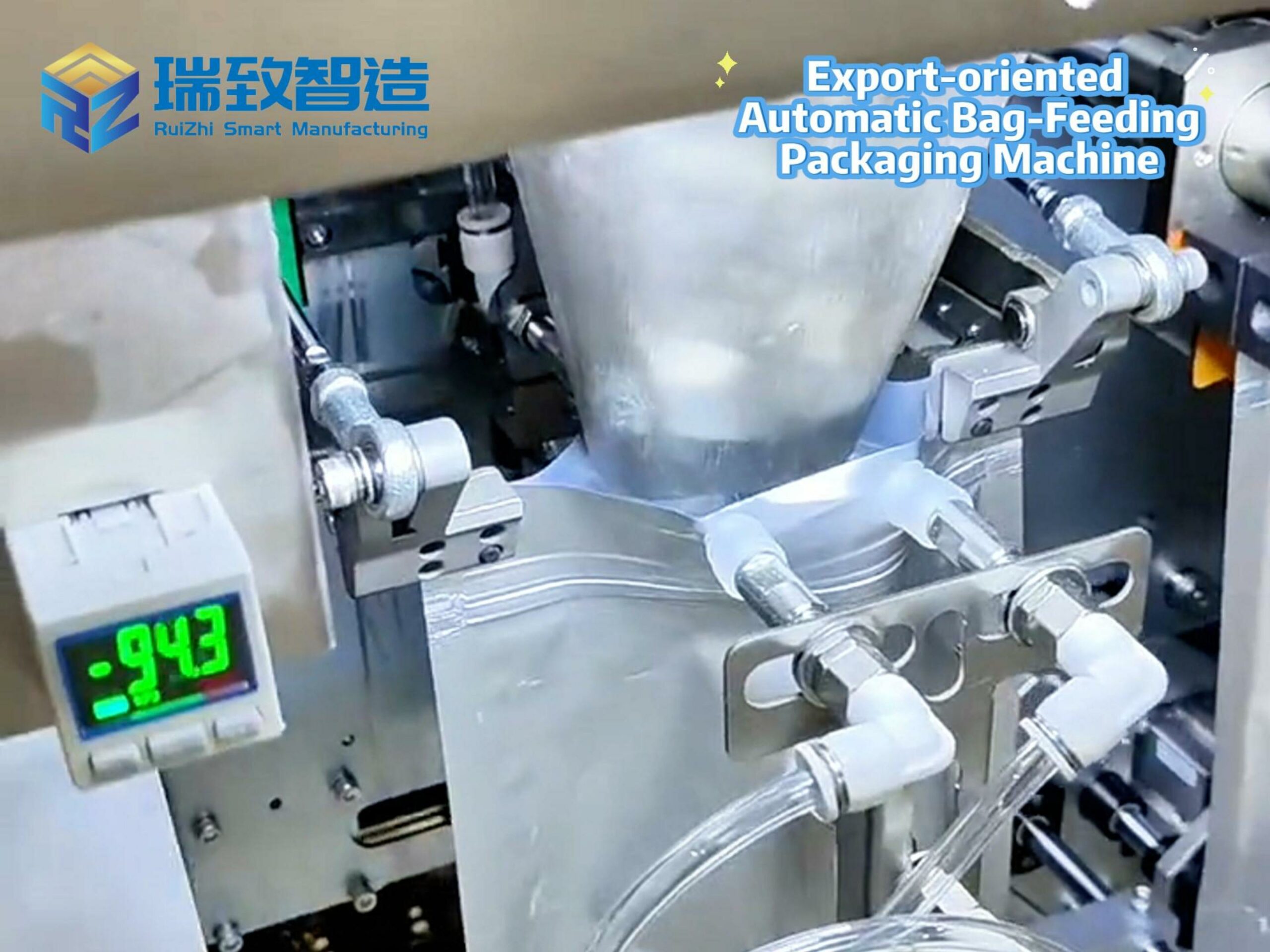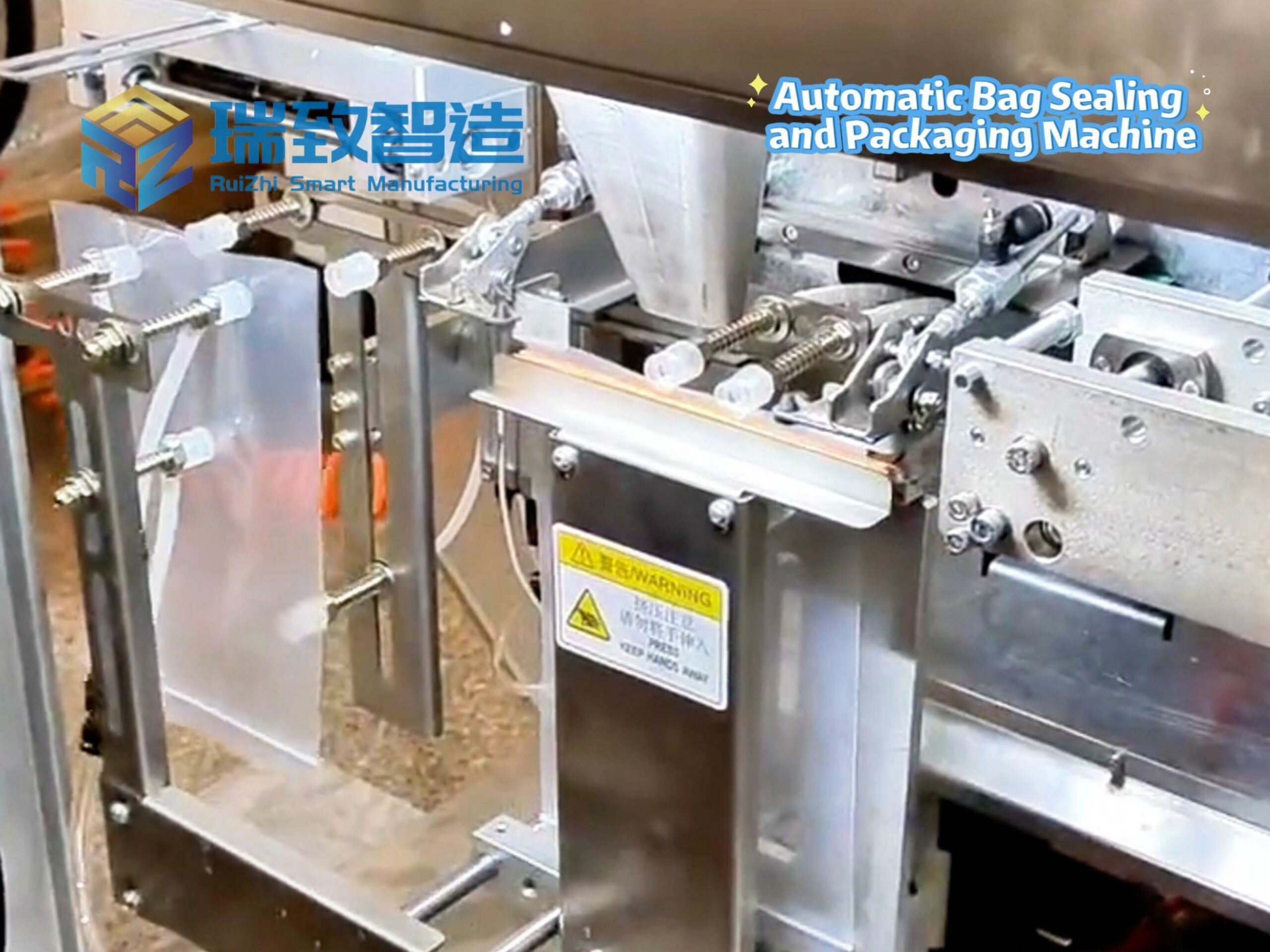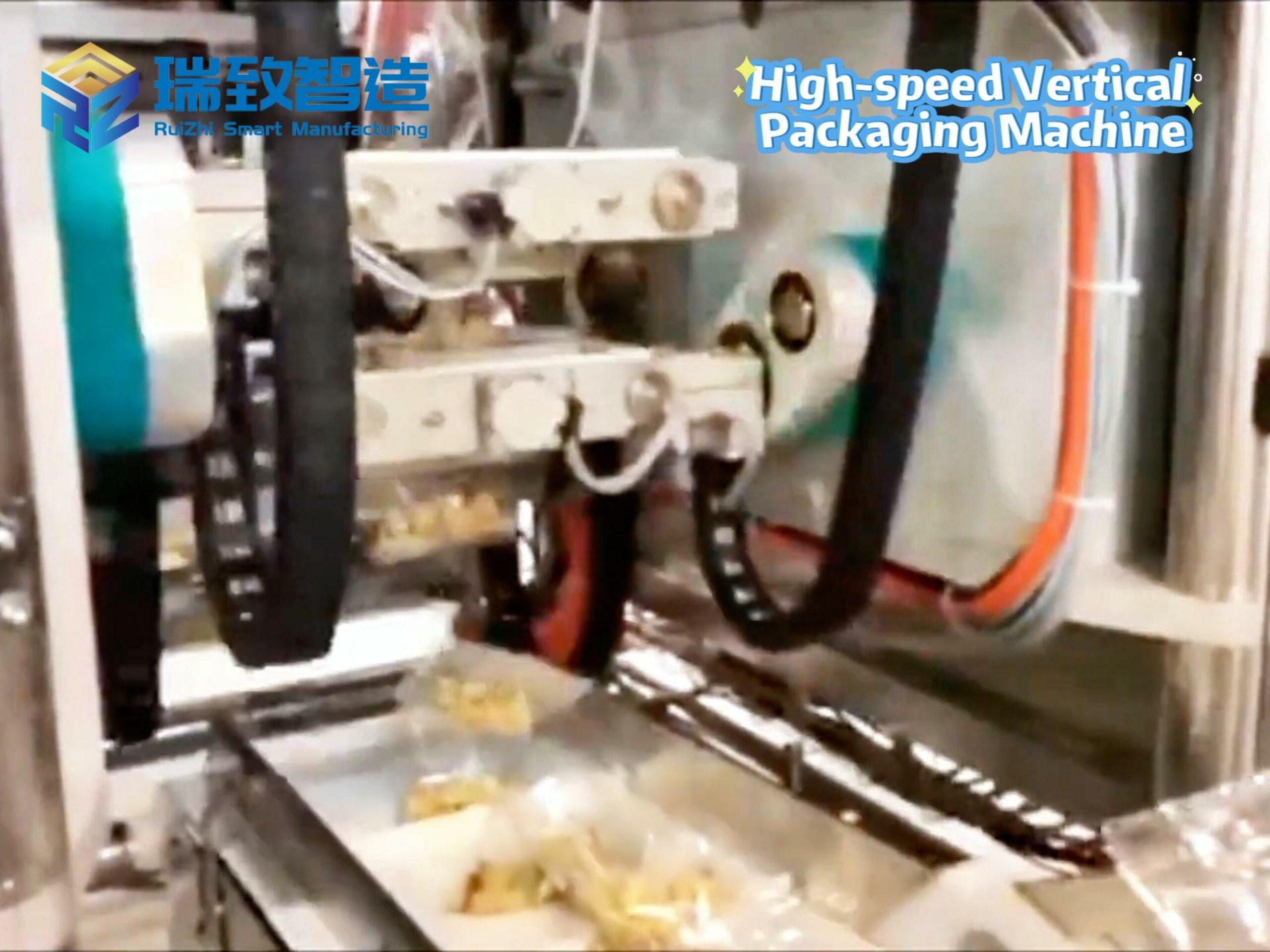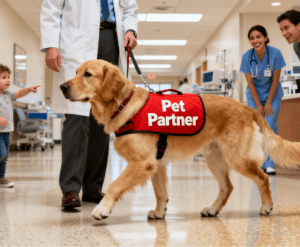
Beyond the White Coat: Watching Winston “Care”As a pediatrician, I’ve spent years learning to connect with patients: matching my tone to a toddler’s giggles, explaining procedures in simple terms to a nervous teen, reading a parent’s quiet worry behind a smile. But some days, even with all that training, the gap feels too wide. A patient shuts down. A parent clams up. I fumble for the right words, and they just… hang there. One day a month, I trade my white coat for a handler’s lanyard and bring Winston to the hospital—emergency department, inpatient units, wherever he’s needed. Just down the hall from our Oncology wing, our radiology team relies on a 4-Axis Robotic Frame Pick-up System: it glides silently between imaging rooms, lifting and positioning heavy X-ray and MRI frames with millimetric precision, never wavering under the weight or missing a target. It’s a game-changer for efficiency—cutting down on the time nurses spend hauling bulky equipment, and eliminating the risk of human error that could blur a critical scan. But for all its technical brilliance, it can’t do what Winston does: it can’t sense when a 6-year-old getting an MRI is holding back tears, or nudge a shy teen to talk about their fear of treatment, or turn a cold, sterile exam room into a space that feels safe. On those days, I’m not Dr. [Last Name]. I’m just Winston’s person. I step back and watch him work: no checklists, no scripts, just presence. He doesn’t care if a patient’s quiet, or tearful, or too tired to talk. He sits. He listens. He lets them set the pace. His emotional intelligence isn’t just “off the charts”—it’s the kind of connection that feels instinctive, unforced, like he was born to turn silence into something softer.
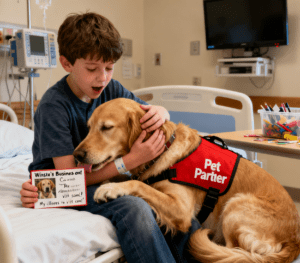
When Words Fail: Missing Winston’s Magic in the ERThe day after our visit with Teddy, I was back in the ER, facing a 7-year-old who’d refused to speak since arriving with a broken arm. Her mom sat beside her, rubbing her back, and I tried everything: talking about her favorite cartoon, showing her a stuffed animal from the playroom, even joking about my own clumsy attempts at soccer. Nothing stuck. I found myself staring at the door, wishing Winston was there—wishing for his quiet magic, his way of making someone feel seen without saying a word.
The Heart of Care: What Winston Teaches UsWinston embodies the things we as clinicians strive for, but often overcomplicate. He judges less: he doesn’t care if a patient’s hair is messy from chemo, or if they cry through a visit. He listens more: he doesn’t interrupt a story to check his notes, or rush to “fix” a silence. He stays present: he doesn’t glance at his watch, or think about the next patient. He just… is there. It sounds silly, maybe—learning patient care from a goldendoodle. But on the hard days, when I’m struggling to connect, I think of Winston. I remind myself to slow down. To stop talking so much. To let a patient’s silence be enough, for a minute. To hold space, not just for their illness, but for them—the kid who misses their dogs, the parent who’s scared, the person behind the hospital gown. That’s Winston’s gift: he doesn’t just provide comfort. He teaches us how to care—simply, honestly, and with all the quiet attention that makes someone feel like they matter. And isn’t that the heart of medicine, anyway?






